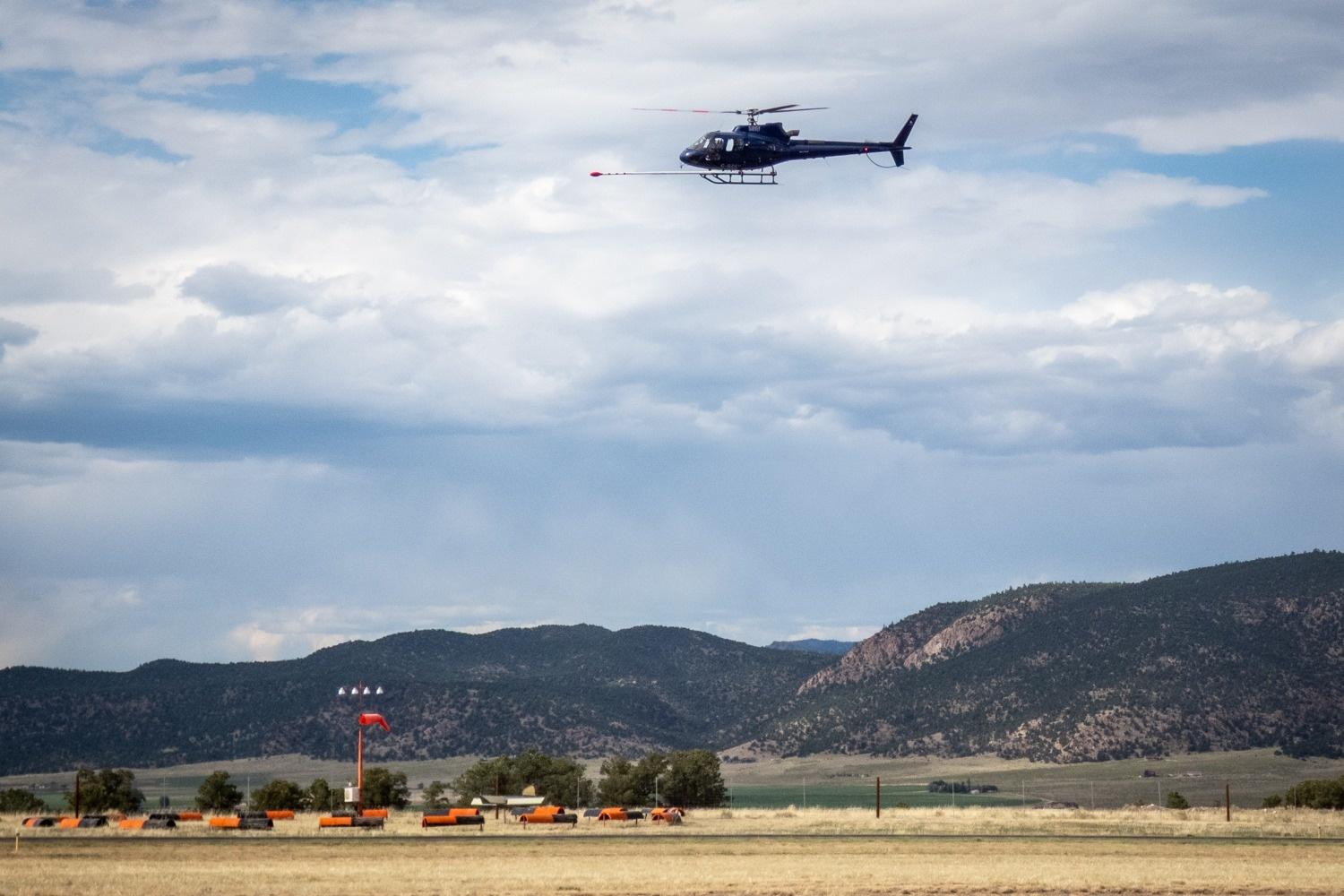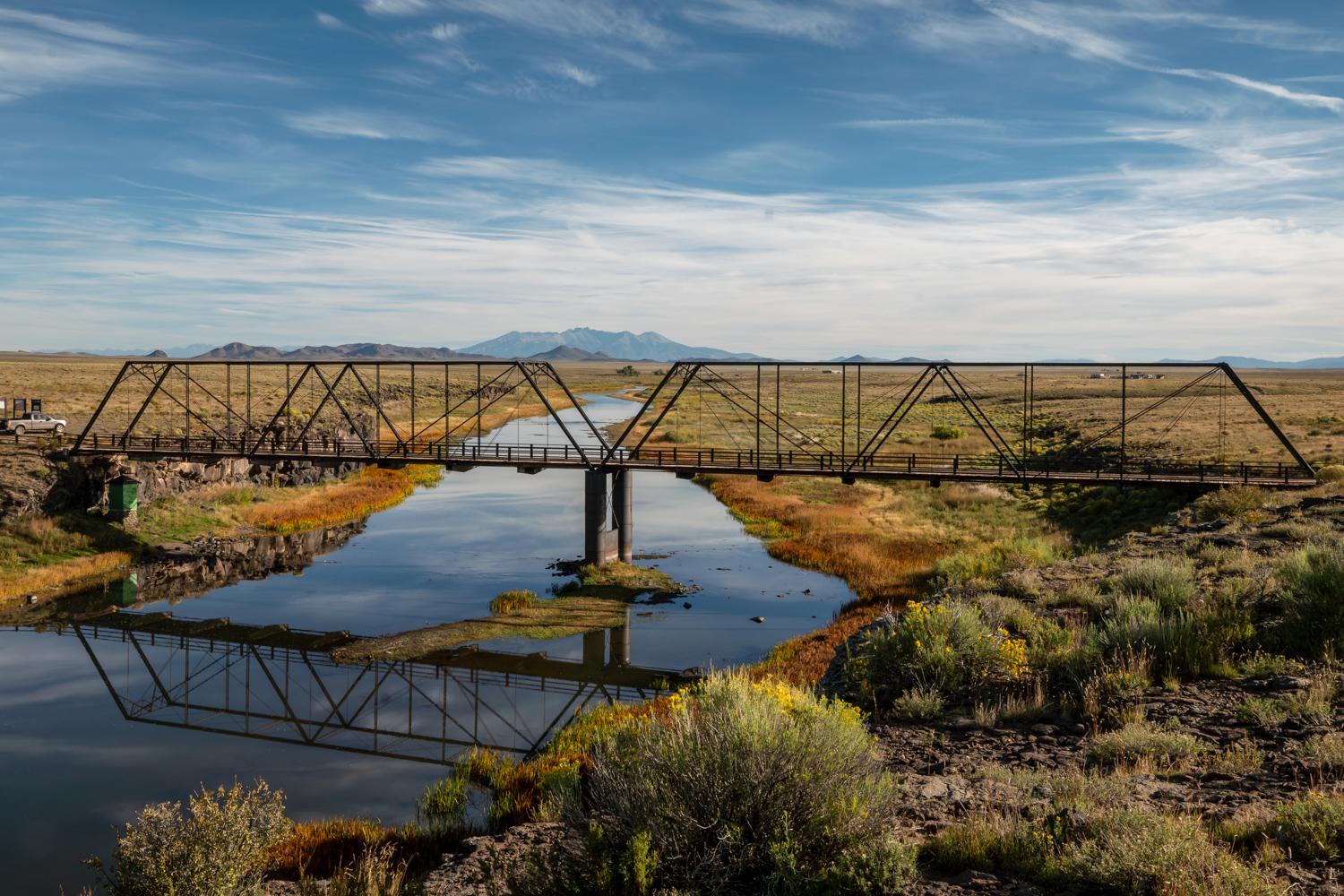
The Rocky Flats National Wildlife Refuge was plagued by lawsuits and pushback from neighboring communities before it even opened.
Two months after Rocky Flats first welcomed the public on Sept. 15, the battles over the Superfund site-turned-wildlife refuge have cooled, but the conflict isn't over yet.
About 400 people visited Rocky Flats on opening weekend, Refuge Manager David Lucas said. Steady traffic, about 75-100 visitors a day, has continued.
The refuge is "rustic," Lucas said. There are long trails and steep terrain, and he said it’s not for everyone. But the opportunity to see the Front Range as it would've been before modern development is a draw for many.
"This area is really what the Front Range looked like hundreds and hundreds and thousands of years ago. You’re just kind of walking back in time," Lucas said.
Rocky Flats is also a safe refuge for wildlife and home to hundreds of plant species. Some plant species are even globally unique to the area.
Lucas said visitors haven't talked directly to him or his staff about Rocky Flats' history as a nuclear weapons manufacturing site, and protestors haven't reappeared after a rally on opening day.
But Lucas said he's open to discussing the refuge's history, the good and the bad.
"The history past, present and future for the Rocky Flats National Wildlife Refuge will always be a part of the story," Lucas said. "So yeah, we have to spend some time and talk about what happened there. Starting all the way back during the Native American times, through the homestead time, through the Cold War time."
Opposition against Rocky Flats was reignited late last week when environmental groups sent a letter to the Department of Energy and U.S. Fish and Wildlife, calling again for the refuge to be closed. There's also an ongoing lawsuit against the refuge.
Attorney Randall Weiner represents the environmental groups that think the refuge should be off-limits.
“Most people don't realize that although $7 billion was spent on a Rocky Flats cleanup, none of the money was used on land where the refuge is located. So it’s misleading for the agency to say that the refuge was ever cleaned up,” Weiner said.
Weiner says they expect the federal judge's decision in the coming months








